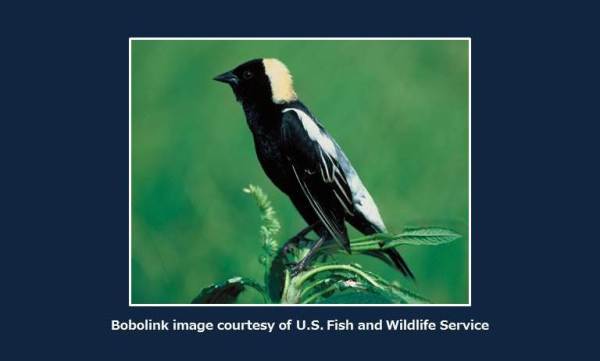Fire models may underestimate fire behavior in tallgrass prairie - observations from southern Ontario
 Wednesday, October 5, 2016 at 1:32PM
Wednesday, October 5, 2016 at 1:32PM
When comparing the model predictions to observed rate of spread, models typically under predicted fire behavior. Even the custom Behave model, which had the highest correlation with observed values, was found to under predict fire spread. The authors found that the model with the most reasonable fit, when considering both correlation and prediction bias, was the Australian grassland fire spread model.
Understanding strength and weaknesses of model assumptions and predictions can help prescribed burn practitioners plan and achieve successful burns.
- A field guide developed from this research is available online: http://cfs.nrcan.gc.ca/publications?id=33093
- Default settings in commonly used fuel models may underestimate fuel loads and fire behavior in tallgrass prairie
- The Robel pole was found to be an accurate rapid assessment of fuel loads in tallgrass prairie sites
For further summary of the study's results and implications for management, view or download a PDF version of the research brief: "Fire behavior observations from southern Ontario."
The original paper is:
Kidnie, Susan, and B. Mike Wotton. 2015. Characterisation of the fuel and fire environment in southern Ontario’s tallgrass prairie. International Journal of Wildland Fire 24: 1118-1128.
 TPOS |
TPOS |  Post a Comment |
Post a Comment |  fire behavior,
fire behavior,  fuels,
fuels,  tallgrass prairie
tallgrass prairie 

